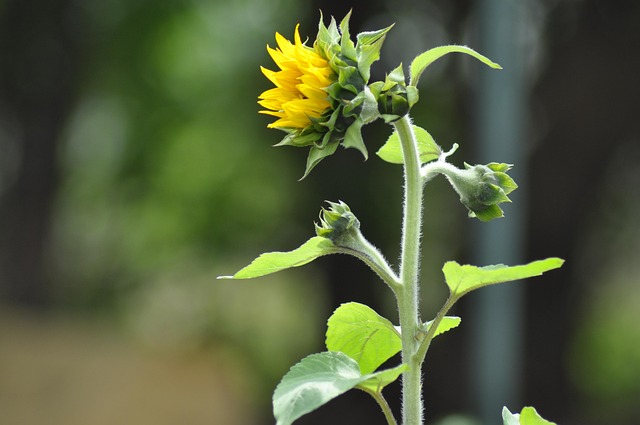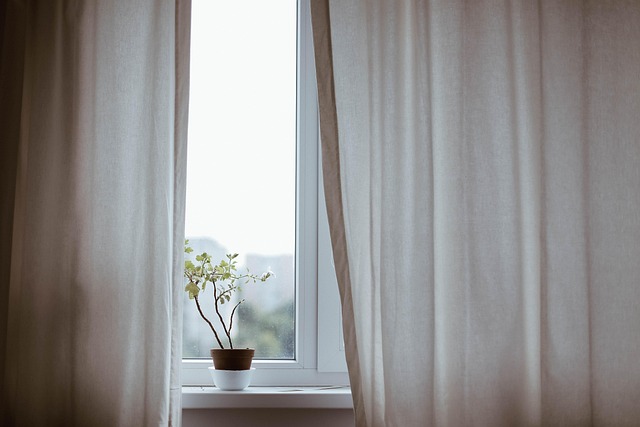The Beauty of Eco-Friendly Flower Gardens
In a world that is rapidly changing, the need for sustainable practices has never been more urgent. Enter the green garden communities: vibrant spaces where nature flourishes, and eco-conscious individuals come together to cultivate beauty while nurturing the environment.
Embracing Nature
Ecologically friendly flower gardens open up a magical doorway to nature. Imagine stepping into a lush, blooming landscape, filled with fragrant blossoms that attract pollinators like butterflies and bees. These tiny creatures play a critical role in our ecosystem, and planting flowers that support their populations fosters a richer, more diverse environment.
By choosing native plants that are well-suited to your local climate, you not only reduce water usage but also create a habitat that local wildlife can thrive in. The fragrant petals of lavender or the lush greens of coneflowers are not just eye-candy; they are part of an intricate web of ecological balance.
Community Connections
Creating green garden communities is all about collaboration. Neighbors can come together, exchanging seeds and knowledge while working towards a common goal: a sustainable future built on environmental awareness. Gardening is not just an act of planting; it’s a process that encourages relationships among those committed to our planet.
These communities often take on educational endeavors, where seasoned gardeners share tips on organic pest control or the importance of composting. Workshops can be held on creating bee hotels or installing rain gardens, thereby fostering a deeper understanding of how our gardening practices affect the bigger picture.
Eco-Friendly Practices
When we think of flower gardening, the first image that often comes to mind is a sea of vibrant colors. But crafting an eco-friendly garden extends beyond aesthetics. It involves implementing practices that minimize environmental impact. For example, adopting organic methods means steering clear of harmful pesticides and fostering healthy soil through composting.
Moreover, utilizing rainwater collection systems helps conserve this precious resource while simultaneously nurturing your flowers. Supporting local biodiversity by choosing flowers that bloom at different times ensures that something is always thriving in your green space, enhancing its appeal throughout the seasons.
Flowers that Make a Difference
Choosing the right flowers is essential in promoting ecological health. Wildflowers like daisies and black-eyed Susans can thrive without much maintenance and provide vital resources for pollinators. Meanwhile, creating borders with herbs like basil or thyme can enhance not only your garden’s aesthetic but also its functionality, drawing in beneficial insects and providing culinary delights.
In the heart of these green garden communities, each flower planted is a step towards a more sustainable future. These gardens symbolize hope and resilience — a testament that together, we can blend beauty with environmental stewardship.
So dig in, get your hands dirty, and start your journey towards an eco-friendly flower garden. By nurturing your community and honoring nature, you’re not just cultivating a garden; you’re cultivating a movement towards a greener, healthier planet.




